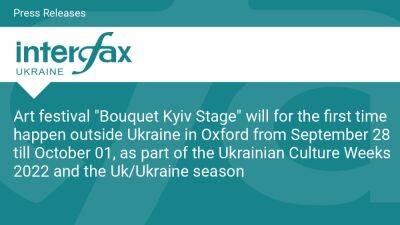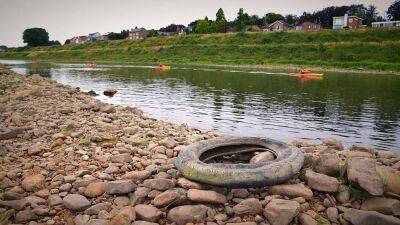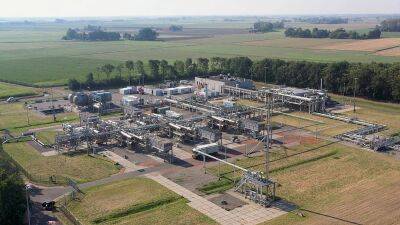Ukrainian ecology of the European model: examples of the leading companies
Kyiv Cardboard and Paper Mill
The global economy is declining, natural resource prices are rising, currencies are appreciating – the global community is witnessing irreversible economic change and, against this backdrop, there are increasing reservations that it forgets about the ecological 'agenda'. But is this the case?
Global eco-initiatives 2021/2022
Eurostat estimates that EU national expenditure on environmental protection totalled €292 billion in 2021. From 2006 to 2021, this figure increased by 54%, increasing by an average of more than 2.9% annually.
(Source: Eurostat)
Some €37 billion, 64% of the total investment in environmental protection, came from corporate environmental service providers (such as private waste collection, recycling, and wastewater treatment companies). This amount also includes receipts from companies purchasing technology and equipment that reduce the environmental damage caused by their production process – e.g. equipment that reduces their atmospheric emissions.
https://ec.europa.eu/eurostat/statistics-explained/index.php?title=Environmental_protection_expenditure_accounts#National_expenditure_on_environmental_protection
(Source: Eurostat)
https://ec.europa.eu/eurostat/statistics-explained/index.php?title=Environmental_protection_expenditure_accounts#National_expenditure_on_environmental_protection
An alternative economic model – the 'circular economy' – is also being actively implemented around the world. It is based on embodying closed loops in the processes of production, circulation, and consumption and rejecting the principle of 'take, use and throw away'.
It proposes, in turn, to produce goods that can be repaired, renovated, and reused, and encourages the offer of sharing,






